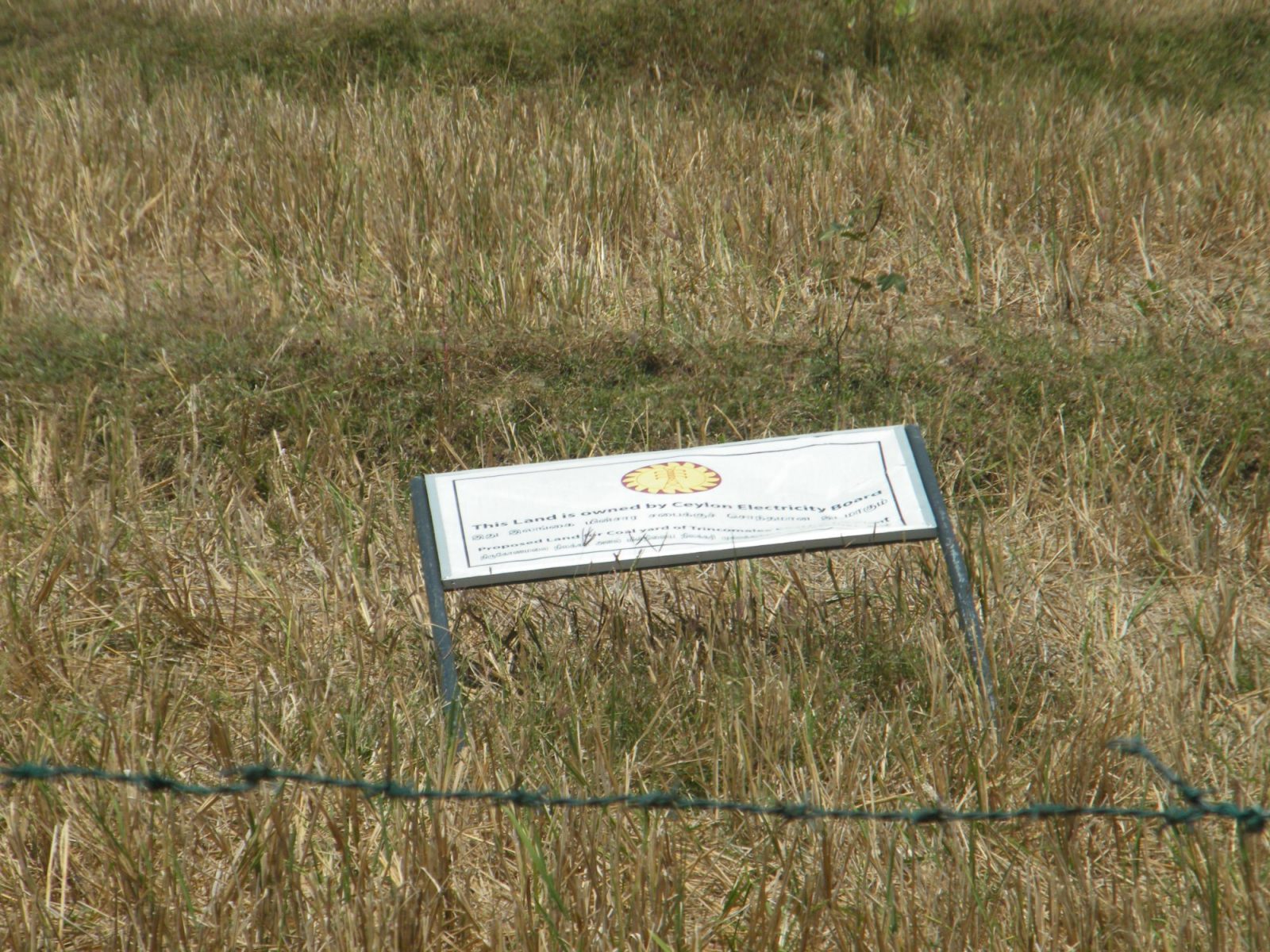Category:Cases - Archive, Legal

Case Number
SCFR 179/16
Sampur Coal Power Plant was proposed as a joint venture between the Ceylon Electricity Board (CEB) and National Thermal Power Corporation Limited (NTPC) of India and a Memorandum of Agreement was signed between the Government of Sri Lanka (GoSL), CEB & NTPC on the 29th of December 2006. Subsequently, a company was formed between the CEB and NTPC named Trincomalee Power Company on the 26th of September 2011 in equal partnership, to produce and sell power generated by pulverized coal fired technology to the CEB. The Trincomalee Power Company Limited was to establish two coal based power plants with a total capacity of 500MW, covering 505 acres of land in Sampur, Trincomalee.
On February 2nd 2016, the Environmental Impact Assessment Report for this project was granted approval by the Central Environmental Authority. This is despite the fact that the Supreme Court (S.C. F.R. No. 309/2012) revoked the Gazette No 1758/26 dated of 17th May 2012, which declared a Special Zone for Heavy Industries in Sampur and that the project site had drastically changed as internally displaced people had begun to be resettled in their original lands in Sampur.
EFL conducted a site visit to Sampur on the 15th of March in order to assess the potential impacts of the power plant, and observed that the CEB had begun fencing the project site. As part of its advocacy campaign, EFL organized a visit for community members in Sampur to Norochcholai, to give the residents of Sampur a firsthand account of the adverse impacts of the Lakvijaya Coal Power Plant (commonly known as Norochcholai CPP) on the health and livelihoods of the local population. The Norochcholai CPP, being the only example of a coal power plant in Sri Lanka, has been plagued with issues since its inception. Attention was drawn to the detrimental effects of the operations of Norochcholai CPP on the villages of Narakkalli and Ilanthadiya which are live case studies of the impacts of coal power on the health, safety and livelihoods of helpless communities living proximate to coal power plants. The residents of Narakkalli and Ilanthadiya are exposed to hazardous ash and dust which covers their homes, wells and crops. The men, women and children of these villages are forced to inhale toxic dust and ash on a daily basis and are unable to protect themselves from respiratory ailments. The plight of the residents of these villages remains ignored and unaddressed by authorities.
It was also observed that the total water requirement for the Project is estimated to be equivalent to the capacity of Randenigala Hydro project, if it continues for 365 days. This heated water will again be discharged into Shell Bay, wreaking destruction on marine ecosystems, including 56 varieties of hard corals which house 156 species of reef fish. Sampur has a rich array of natural habitats including tropical dry mixed evergreen forests, tropical thorn pockets, rock outcrop associated forests, swamps, tanks, ponds, mangroves and abandoned paddy fields. These habitats contain diverse flora and fauna that enrich ecosystem services for the people of Sampur, with 272 faunal species found in the region, out of which 14 are endemic and 2 critically endangered as per the IUCN National Red List.
Environmental Foundation Limited (EFL), along with other experts and organizations, filed a Fundamental Rights Application (Bearing No. SCFR 179/16), against the proposed controversial coal power plant in Sampur, Trincomalee.
The FR Application, focused on, inter alia, the unsuitability of coal in terms of health, highlighting the impacts already felt in Norochcholai, and the superior economic and environmental suitability of Liquefied Natural Gas in comparison. The petition focused on the adverse impacts on health caused by the proposed coal power plant, as well as the ecological destruction that would ensue. The Petition stated that the plant would violate Article 12 of the Constitution. In addition, the petitioners also argued that the Environmental Impact Assessment Report contained too many methodological errors and omissions to be considered a legal document legally valid environmental clearance as set forth in the National Environmental Act No.47 of 1980 (as amended).
On September 13th, when this matter was taken up before the Honourable Chief Justice in Supreme Court, Deputy Solicitor General Mr. Sanjaya Rajaratnam, appearing for the 1st to the 8th Respondents informed Court he had received instructions from Dr. A. Batagoda, the Secretary to the Ministry of Power & Renewable Energy Sri Lanka that the proposed Coal Power Plant would not be initiated in Sampur, leading to the case being withdrawn.
A summary of the significance of the case https://efl.lk/portfolio/sampur-coal-power-plant-case/





